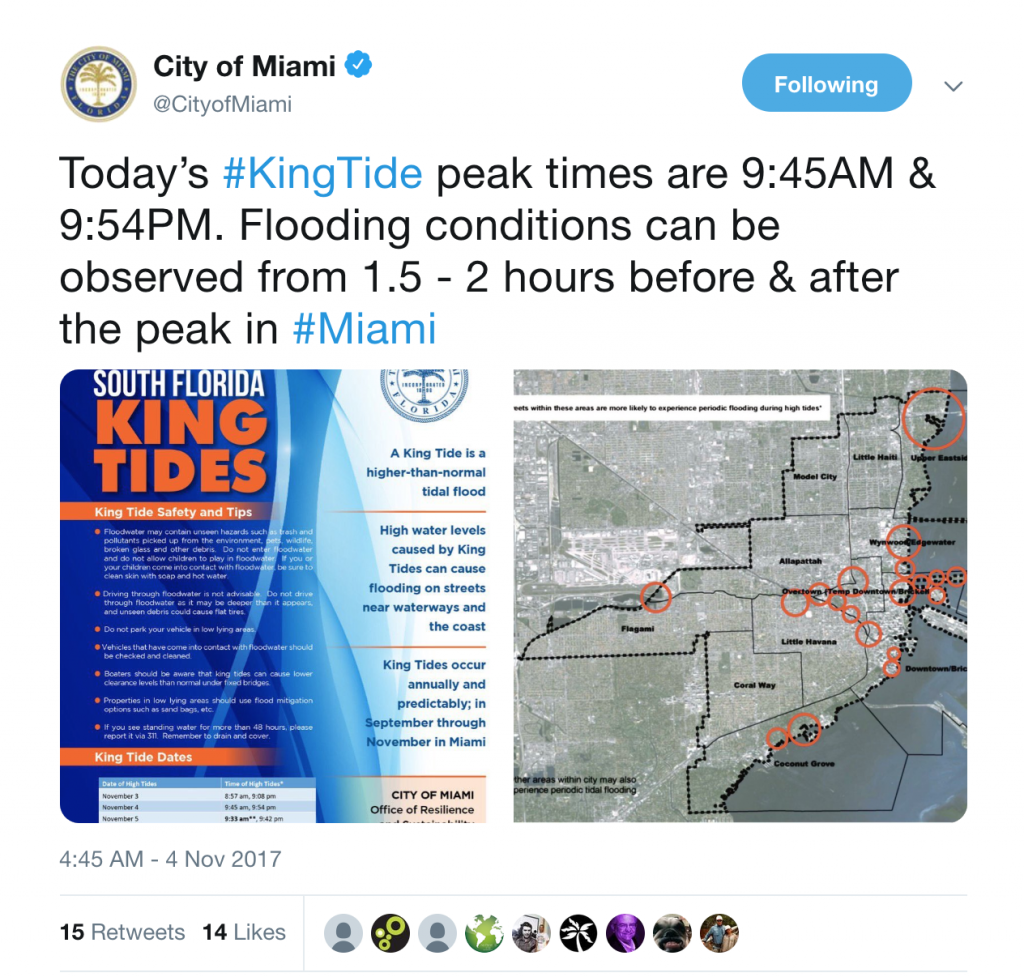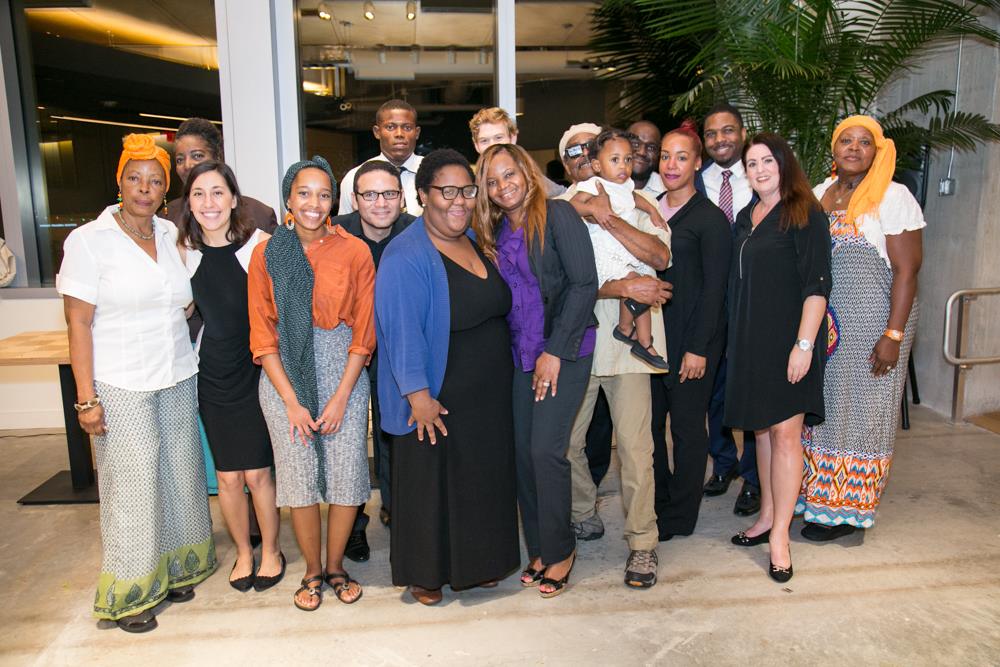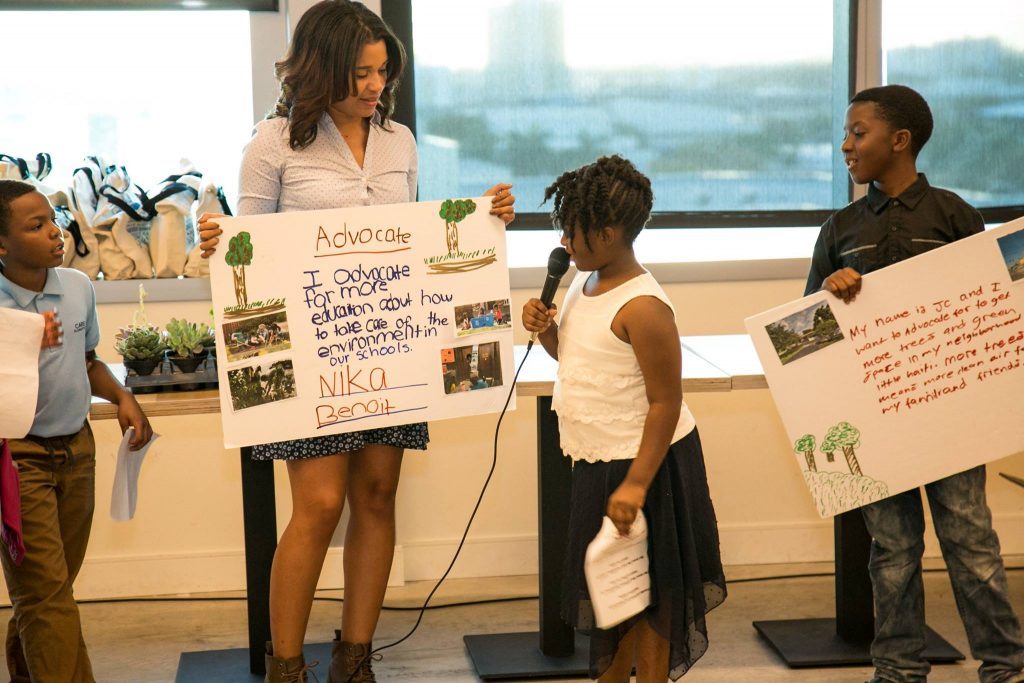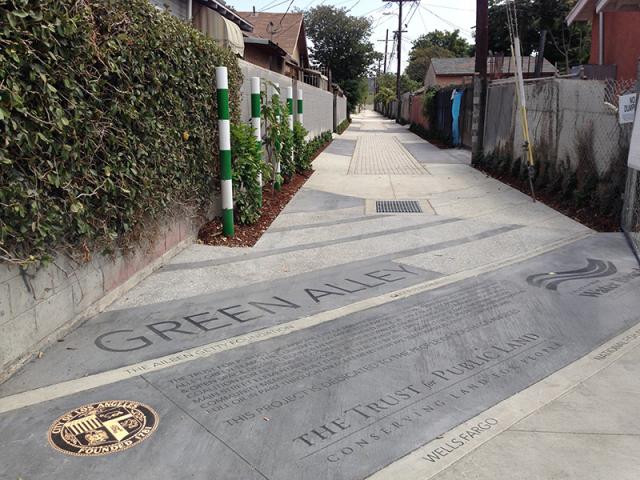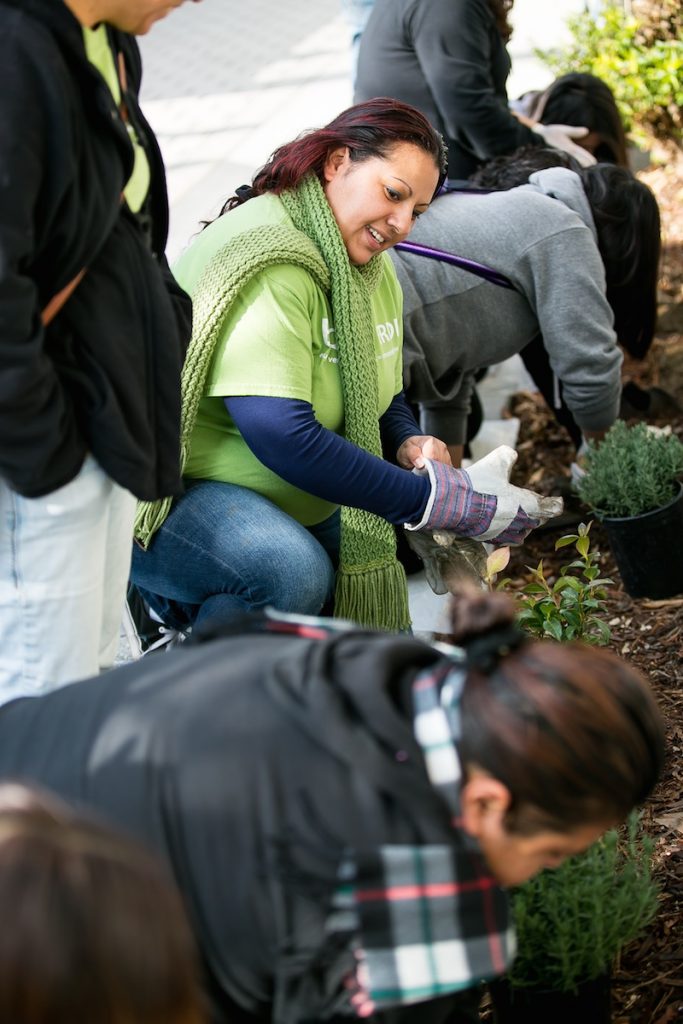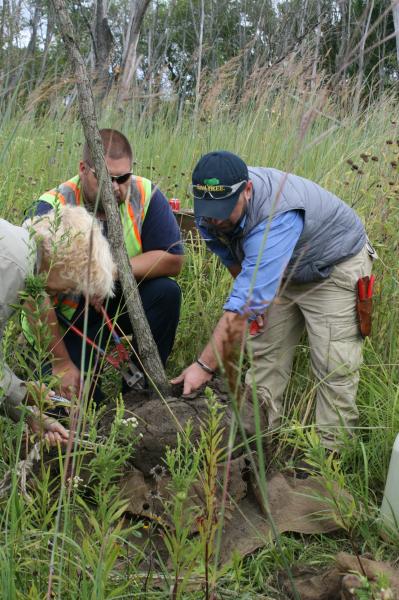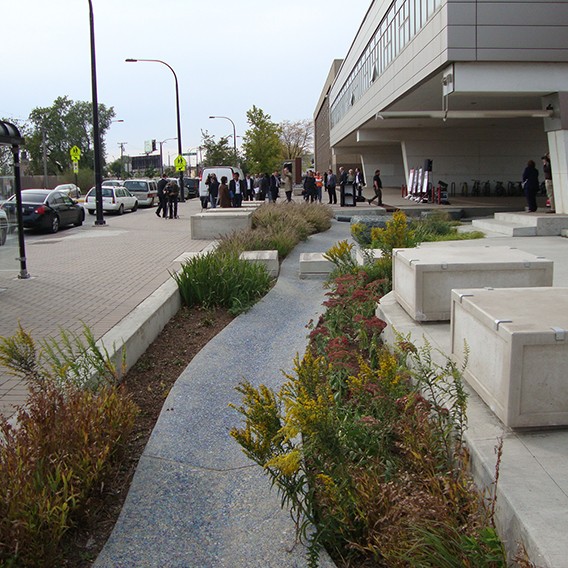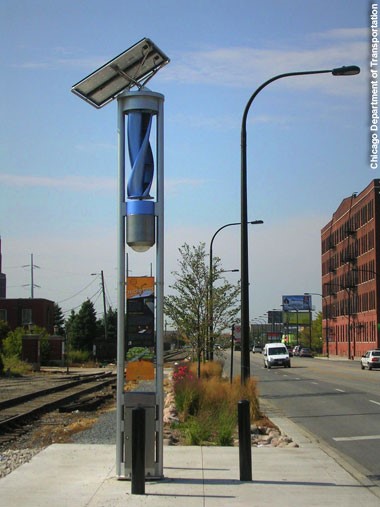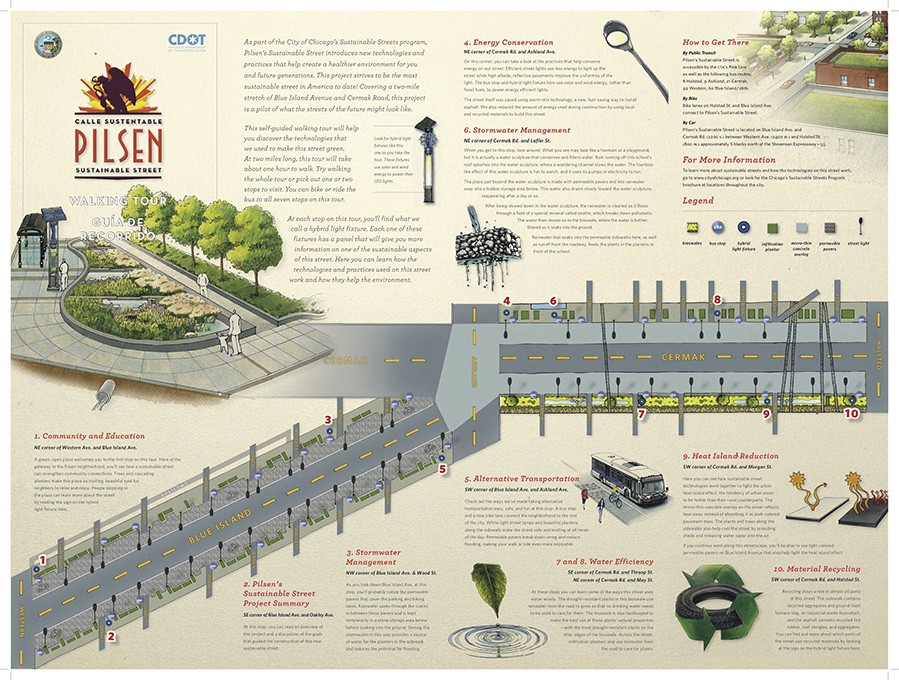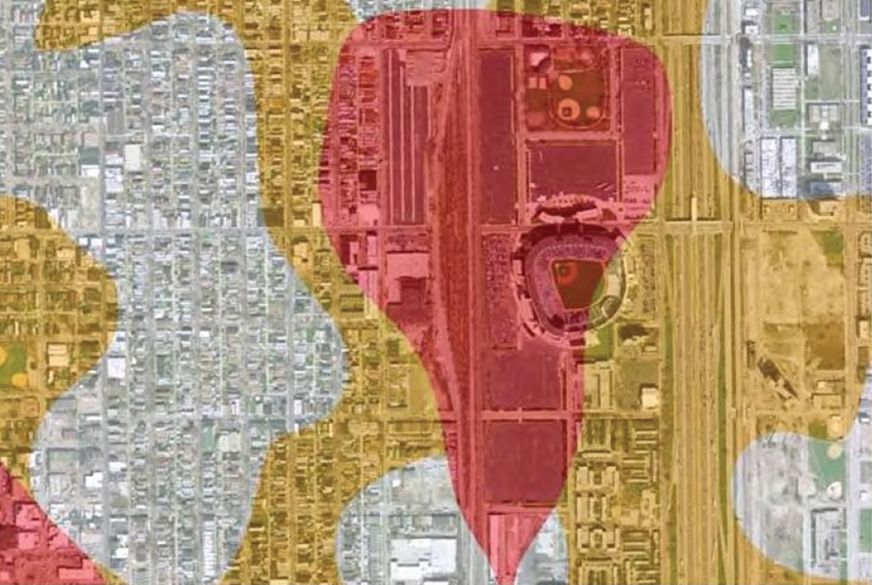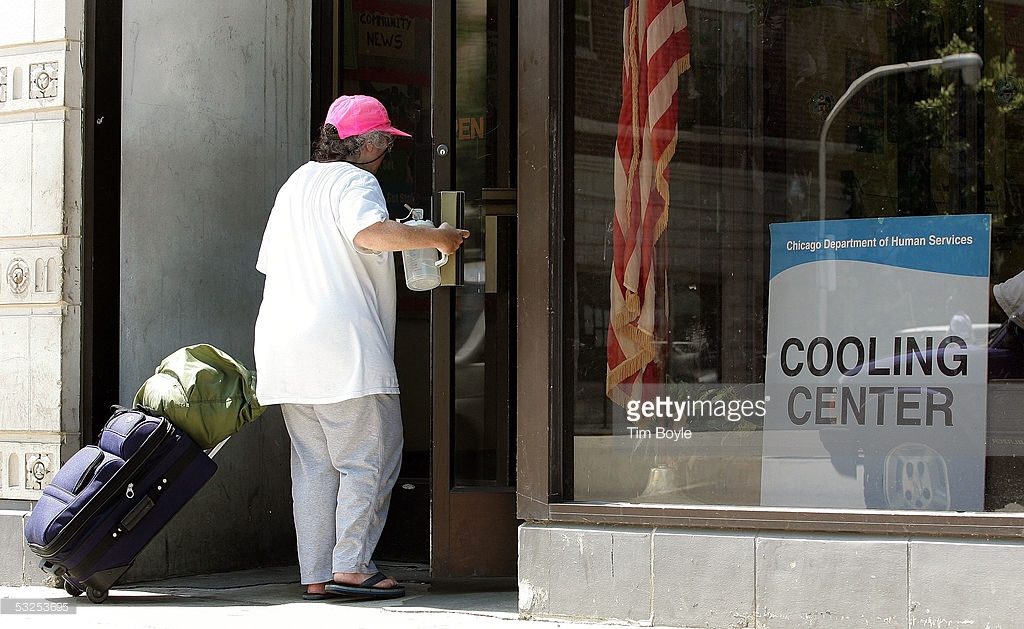City: Valdivia
Country / US State / US Territory: Chile
Type of Solution:
Climate Impact: Extreme Precipitation and Flooding
Social Value Created: Public Spaces; Public Education and Awareness; Social Justice and Equity; Public Health and Safety
In Valdivia, wetland areas have been an issue for residents. Many low-income communities are located adjacent to wetland areas, which are generally sites for illicit activities and dumping. Additionally, many residents do not have accessible areas of greenspace.
Valdivia is undertaking projects to convert these wetland areas into parks that are more accessible and are better illuminated, which help to protect a valuable stormwater management asset. Converting these areas mitigates illicit activities and illegal dumping in these vulnerable communities.
One example of a park developed in a wetland area is Parque Urbano Catrico. The park is surrounded by low-income communities, and these communities are the first to have problems during extreme events. Thus, these communities are the first people engaged in the process. In the Parque Urban Catrico project, many residents are requesting grey infrastructure. However, the architects designing the process are working on educating residents on the benefits of green infrastructure, helping to improve public education and awareness.


